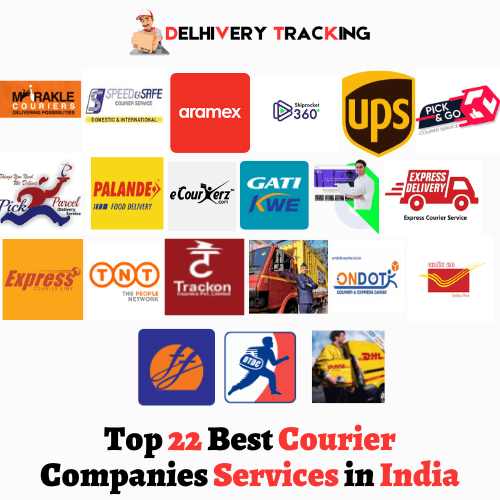The best product ideas transform into amazing products through brainstorming, finding a market fit and prototyping. This is the process known as MVP development.
However, if your customers don’t like your product, you will have wasted time, money and energy. How can you avoid such a costly mistake? The answer is to use the Minimum Viable Product approach.
Start Small
The quickest way to build a great product is to start small. It’s easy to get absorbed in the vision for your perfect software product, but the riskiest part of building a new SaaS product isn’t the technology – it’s whether people will use it and pay for it.
Many successful companies started with a minimum viable product and have used it to refine their products over time. For example, Groupon began as a simple website, Foursquare released an MVP with only one feature, and Dropbox created an explainer video to validate their idea.
To avoid the pitfalls of wasting development resources and over-engineering your minimum viable product, use these proven MVP validation methods to ensure you’re developing something that the market wants. They include analyzing competitor products, conducting interviews with potential customers, and using A/B tests to determine what features are most desirable. These methods will save you time and money in the long run.
Build a Minimum Viable Product
When deciding what features to include in your MVP, it’s important to think about how they will align with your strategic goals. Your MVP should contain minimal functionality, but it also needs to be of high quality in order to attract a wide audience.
This can be done by prioritizing your product requirements and addressing them in stages, rather than building all of the features at once. This approach helps you reduce product development costs, reduce risk and get your product to market faster.
Another way to test your MVP is to use user feedback. This can be done through surveys, beta testing, and app download data (to see how many people are actually using the product). By listening to customer feedback and adjusting your roadmap accordingly, you can create an MVP that will resonate with the right users and deliver on your vision for your business. Then you can be confident in moving forward with your full product launch!
Test & Learn
Many passionate founders spend their time and energy on a kick-ass product idea that they believe will revolutionise the world. But in most cases, the great product they come up with may not be what the market needs.
To avoid such disappointment, it is important to conduct a number of validation methods before you start developing an MVP and invest a lot of money in it. These methodologies include using a landing page, social media surveys, user feedback, and more.
One of the most effective ways to validate your product is to implement a manual-first MVP, which involves offering your solution manually and measuring customer response. For example, if you are building a digital clinic for weight expert coaching, consider offering 1:1 wellness coaching to users manually. You can stitch together live video software, messaging features and appointment scheduling tools to create a minimally functional initial product. Similarly, Pebble used a simple e-paper watch prototype and received payments from customers before developing the final product.
Launch
Once you’ve built a minimal viable product and validated it, it’s time to take the next step. This involves finding the ideal target market for your product.
Almost all SaaS businesses start their lives as a great idea with a kick-ass concept that’s destined to revolutionize the world. However, it’s easy to get attached to that idea and forget about the problems your customers really have.
To avoid this, it’s important to understand how to validate your Minimum Viable Product. Whether that’s using an MVP landing page, building a one-feature MVP, or releasing a single-feature beta version, there are many ways to ensure your product is actually solving the right problem for your audience.













Leave a Reply